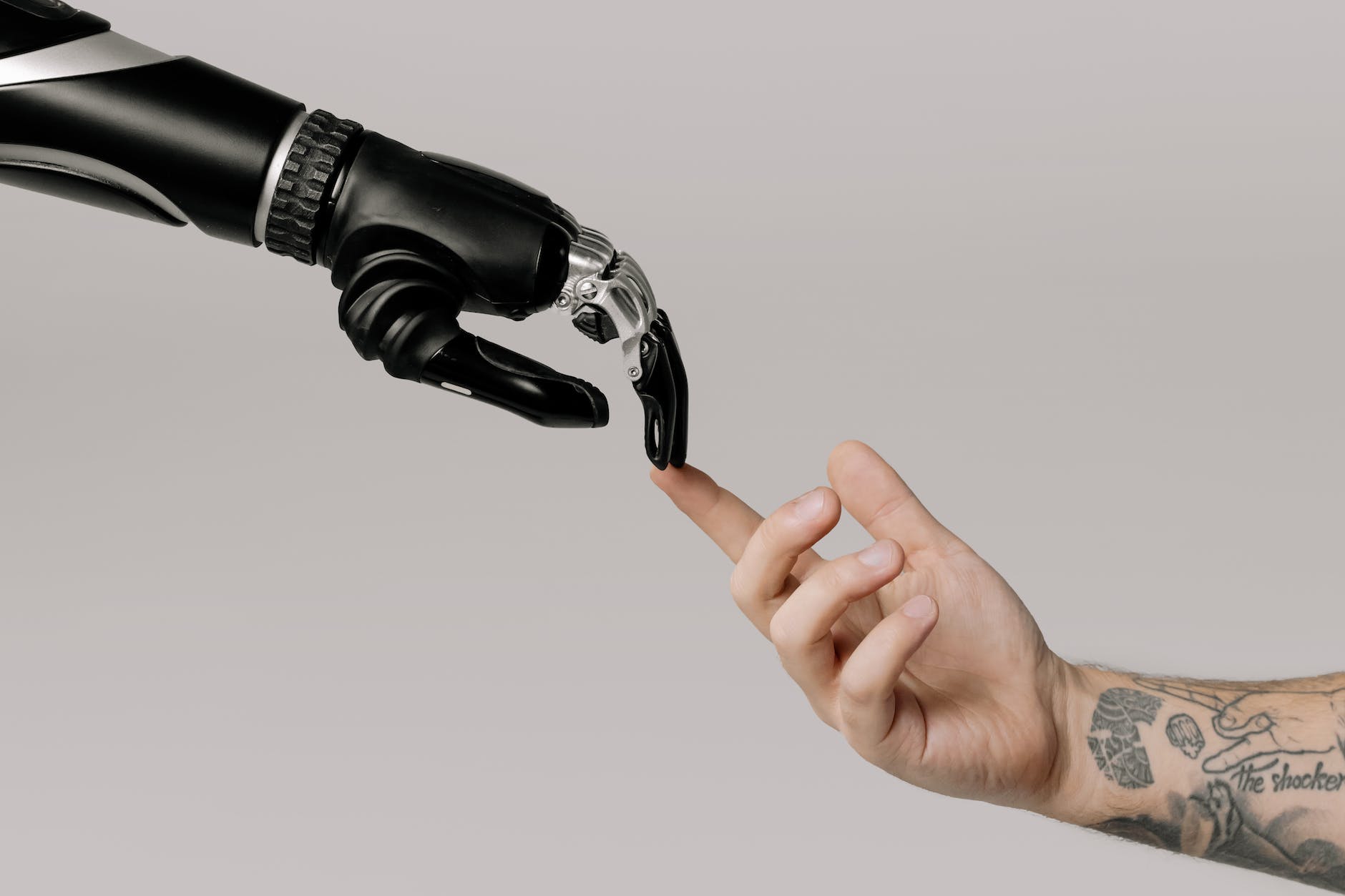
Tattoos have become increasingly popular in recent years, with more and more people choosing to express themselves through body art. However, amidst the excitement of getting inked, it’s crucial to remember the importance of safety and hygiene in the tattooing process. In this article, we’ll delve into the essential aspects of tattoo safety, focusing particularly on hygiene and sterilization practices. By understanding these vital components, both tattoo artists and enthusiasts can ensure a safer and more enjoyable tattoo experience.
The Surge in Tattoo Culture
Tattooing is not a new phenomenon; it has a rich history dating back thousands of years. However, in recent decades, tattoo culture has experienced a remarkable resurgence, gaining widespread acceptance and appreciation. No longer confined to specific subcultures, tattoos have become mainstream, with individuals from all walks of life embracing body art as a form of self-expression. According to recent surveys, the prevalence of tattoos in society has reached unprecedented levels, reflecting a significant cultural shift.
Risks Associated with Unsafe Tattooing
While tattoos are generally considered safe when done by experienced professionals in reputable studios, there are inherent risks associated with the practice, particularly when hygiene and sterilization standards are compromised. Poorly sanitized equipment and unclean working environments can lead to infections, allergic reactions, and the transmission of bloodborne diseases such as hepatitis and HIV. It’s essential for both tattoo artists and clients to be aware of these risks and prioritize safety above all else.
Hygiene Practices in Professional Tattoo Studios
Professional tattoo studios adhere to strict hygiene protocols to minimize the risk of contamination and ensure the safety of their clients. One of the primary practices is the sterilization of equipment using autoclaves, which use steam under pressure to kill bacteria, viruses, and other pathogens. Additionally, disposable materials such as needles, gloves, and ink caps are used to prevent cross-contamination between clients. Tattoo artists also maintain high standards of personal hygiene, including frequent hand washing and wearing clean clothing and protective gear.
Importance of Sterilization
Sterilization is a critical aspect of tattoo safety, as it eliminates all microorganisms from equipment and surfaces, reducing the risk of infections and diseases. It’s essential to understand the difference between cleaning, disinfection, and sterilization, as each plays a unique role in maintaining a safe tattooing environment. While cleaning removes visible dirt and debris, disinfection kills most germs but may not be effective against all pathogens. Sterilization, on the other hand, ensures the complete eradication of harmful microorganisms, providing the highest level of protection for both tattoo artists and clients.
Regulations and Standards
To uphold safety standards within the tattoo industry, regulatory bodies enforce strict guidelines and regulations governing tattoo studios and artists. These regulations vary by jurisdiction but typically include requirements for sterilization, hygiene practices, and equipment maintenance. Compliance with these standards is essential for ensuring the safety and well-being of clients. Additionally, industry organizations and associations provide resources and training opportunities to help tattoo artists stay informed and up-to-date on best practices.
Educating the Public
In addition to following safety protocols in their studios, tattoo artists play a crucial role in educating the public about tattoo safety. By providing clients with information on hygiene practices, aftercare instructions, and potential risks, tattoo artists empower individuals to make informed decisions about their body art. It’s essential for clients to ask questions, voice concerns, and research reputable tattoo studios before getting inked. By fostering open communication and transparency, both tattoo artists and clients can work together to ensure a safe and positive tattoo experience.
Getting a Tattoo Removed: Options and Considerations
When it comes to getting a tattoo removed, individuals have several options to consider. Laser tattoo removal, utilizing high-intensity light beams, gradually breaks down tattoo ink over multiple sessions, albeit with potential discomfort and temporary side effects. Surgical excision, suitable for smaller tattoos, involves cutting out the tattooed skin and stitching the surrounding tissue, offering immediate results but potentially leading to scarring. Dermabrasion, which is less common due to scarring risks, removes skin layers using abrasive methods. Chemical peels, employing acidic solutions, fade tattoos gradually but may cause skin irritation. Consulting with a dermatologist or tattoo removal specialist is crucial to selecting the most suitable option based on tattoo size, ink colors, and skin type, while also understanding that patience is key to optimal results in the process of getting a tattoo removed in Brisbane.
Conclusion
In conclusion, tattoo safety is of paramount importance in the modern era of body art. By understanding and implementing proper hygiene and sterilization practices, tattoo artists can minimize the risk of infections and diseases, creating a safer environment for themselves and their clients. Regulatory standards, industry guidelines, and education initiatives all play a crucial role in upholding safety standards within the tattoo industry. Ultimately, prioritizing safety and maintaining high standards is essential for the continued growth and success of tattoo culture. So, whether you’re a seasoned tattoo enthusiast or considering getting inked for the first time, remember to prioritize safety above all else. Happy tattooing!